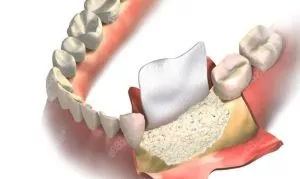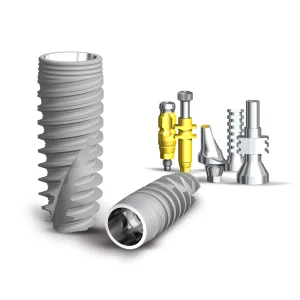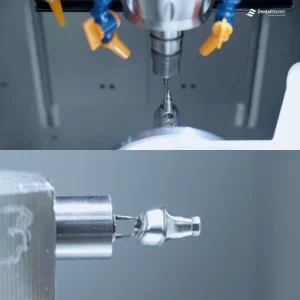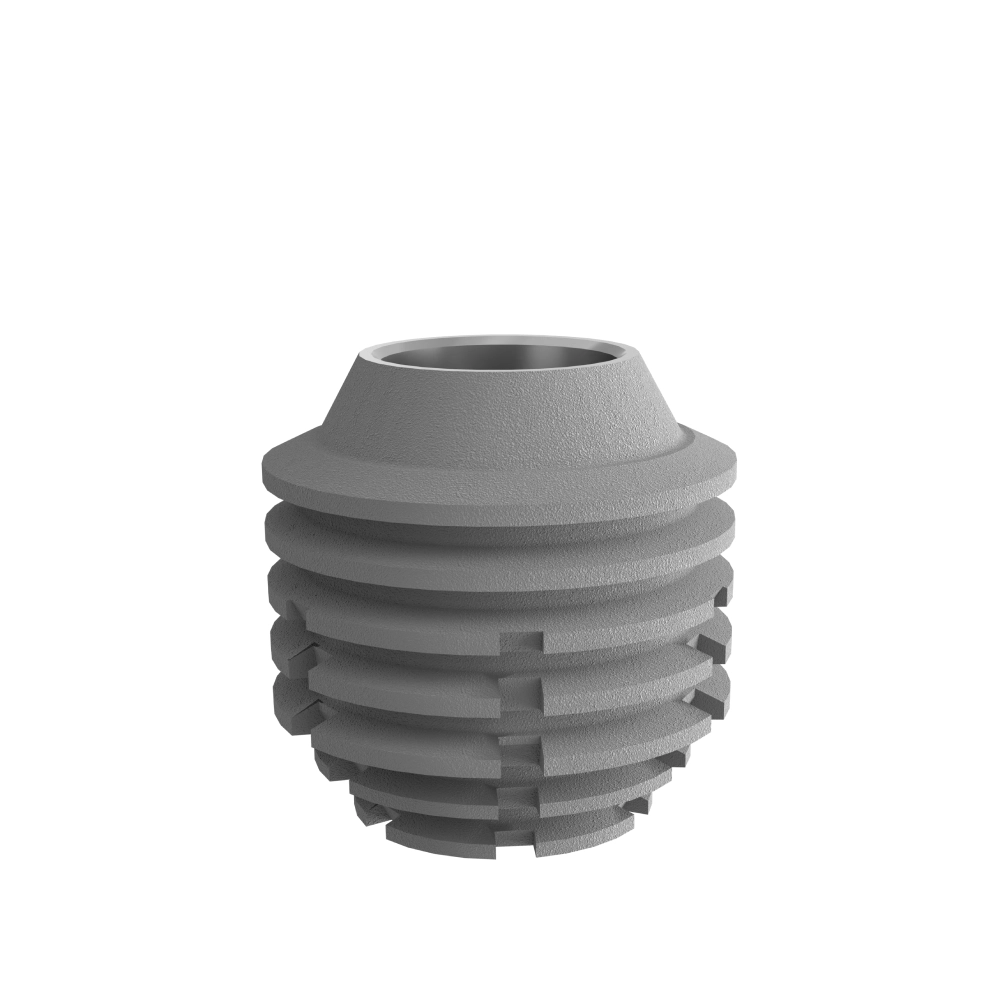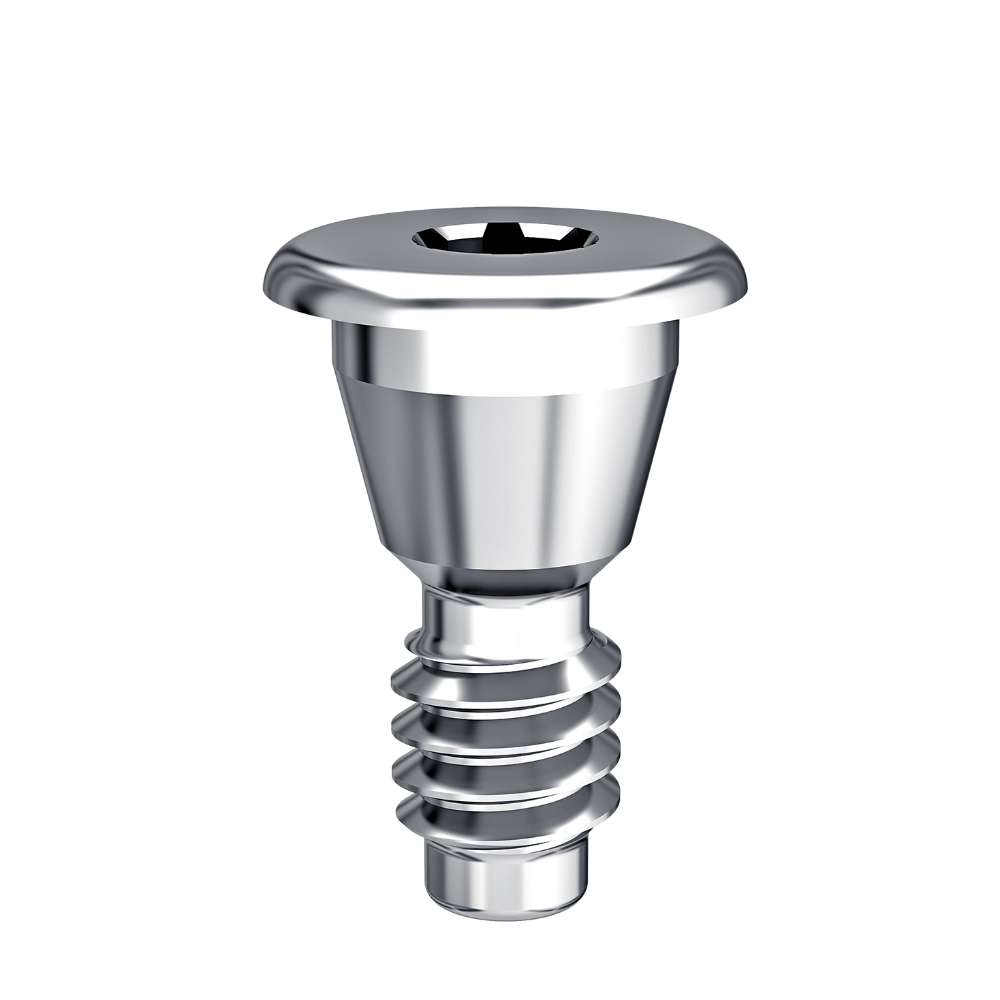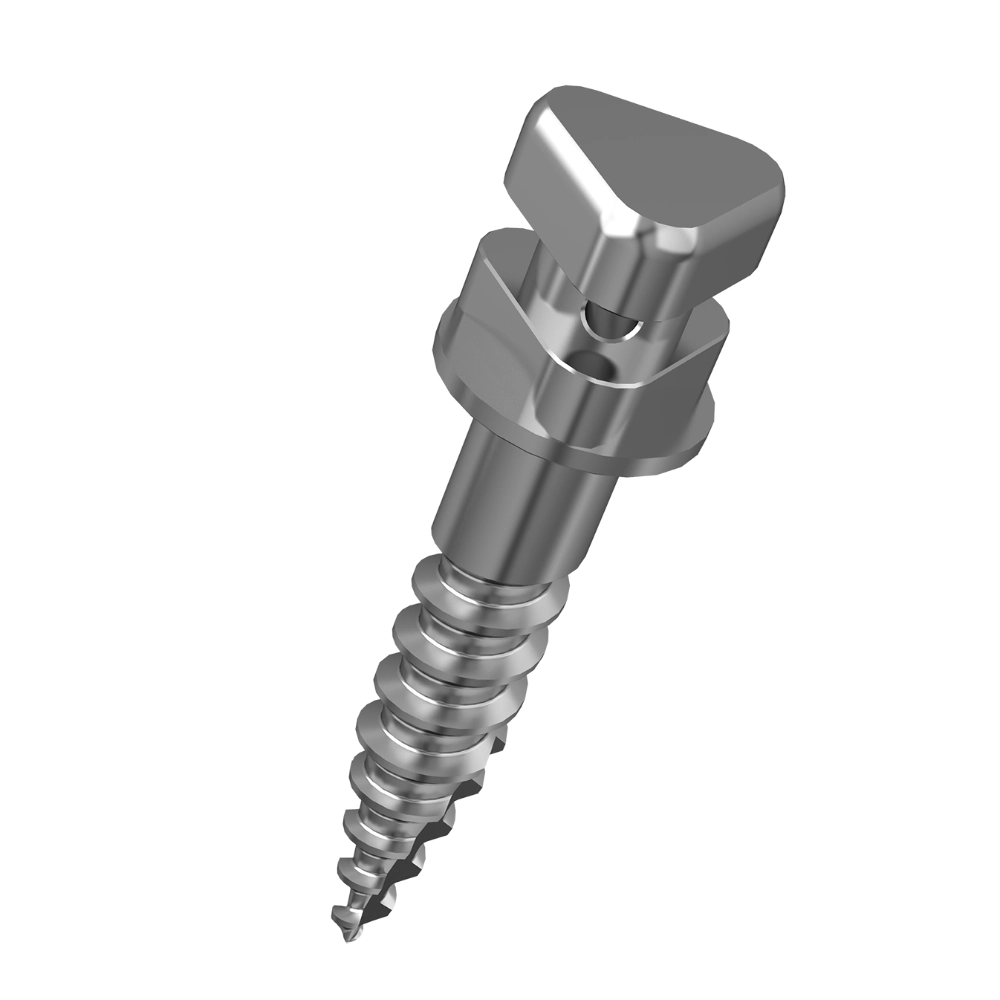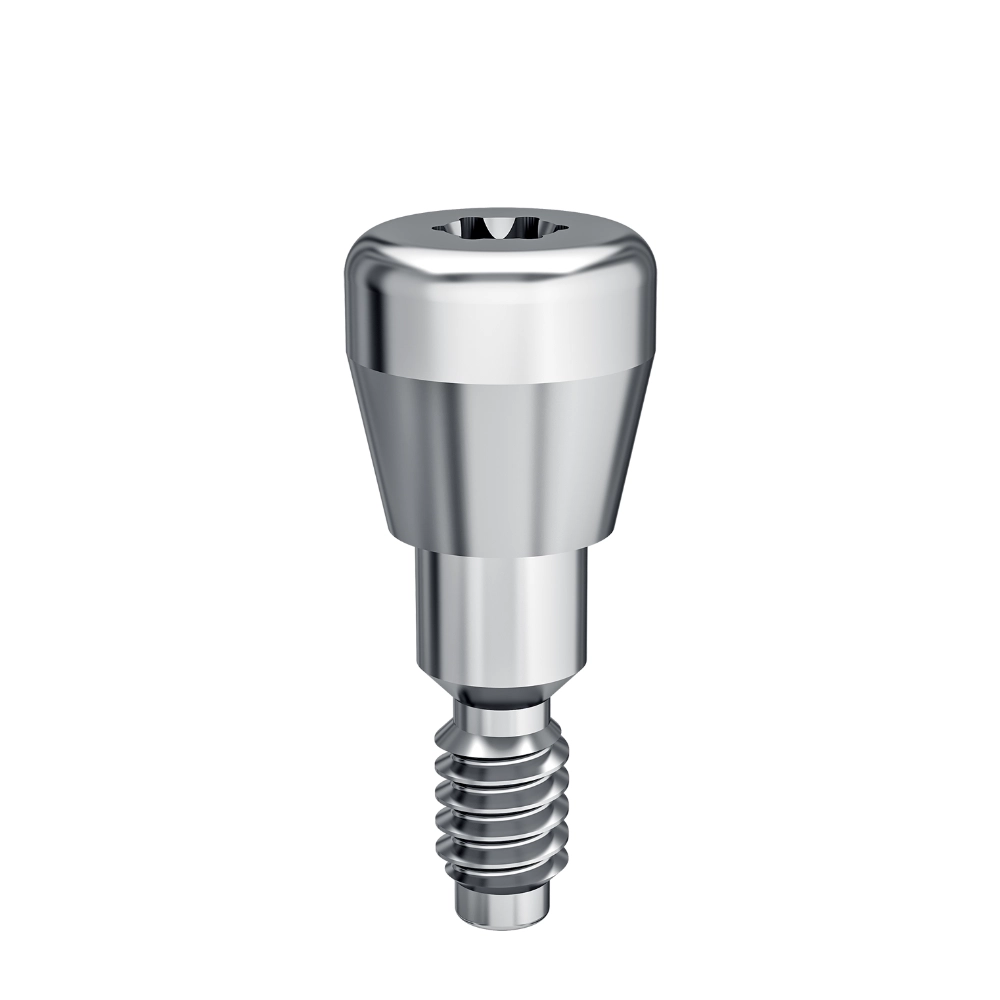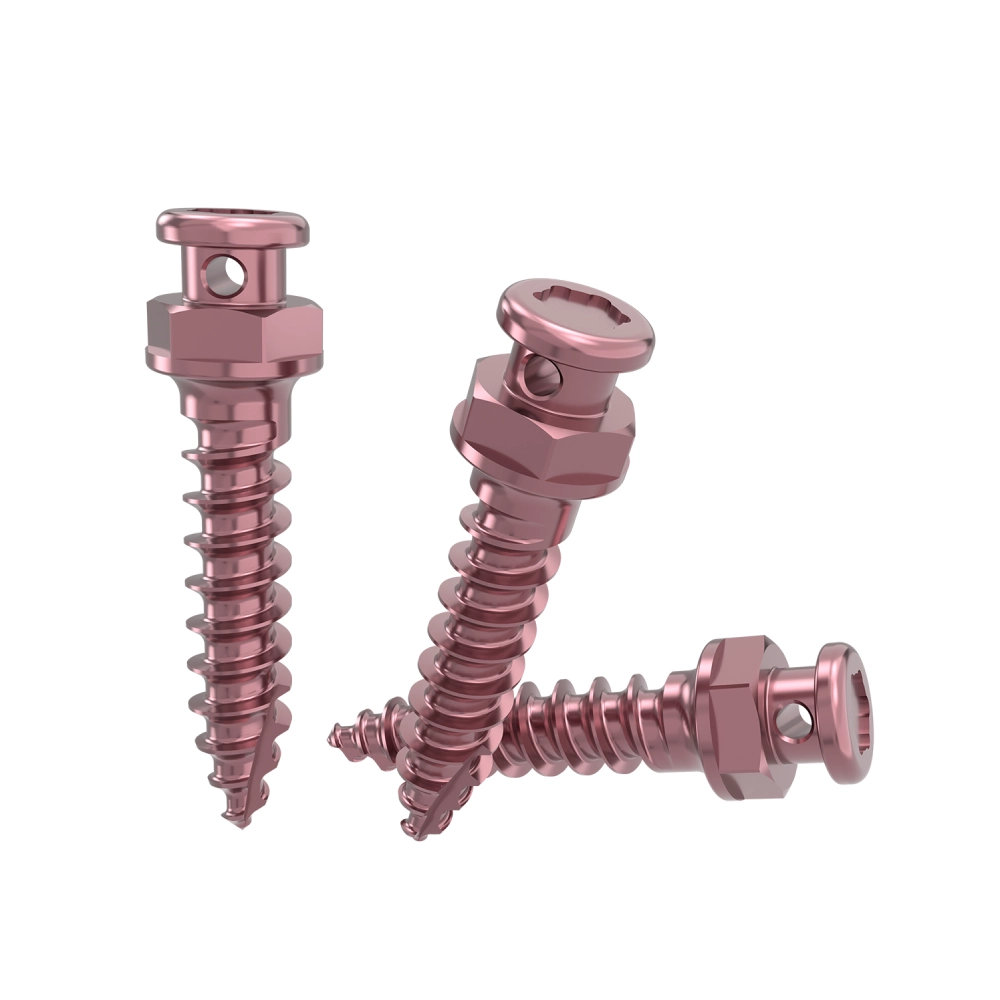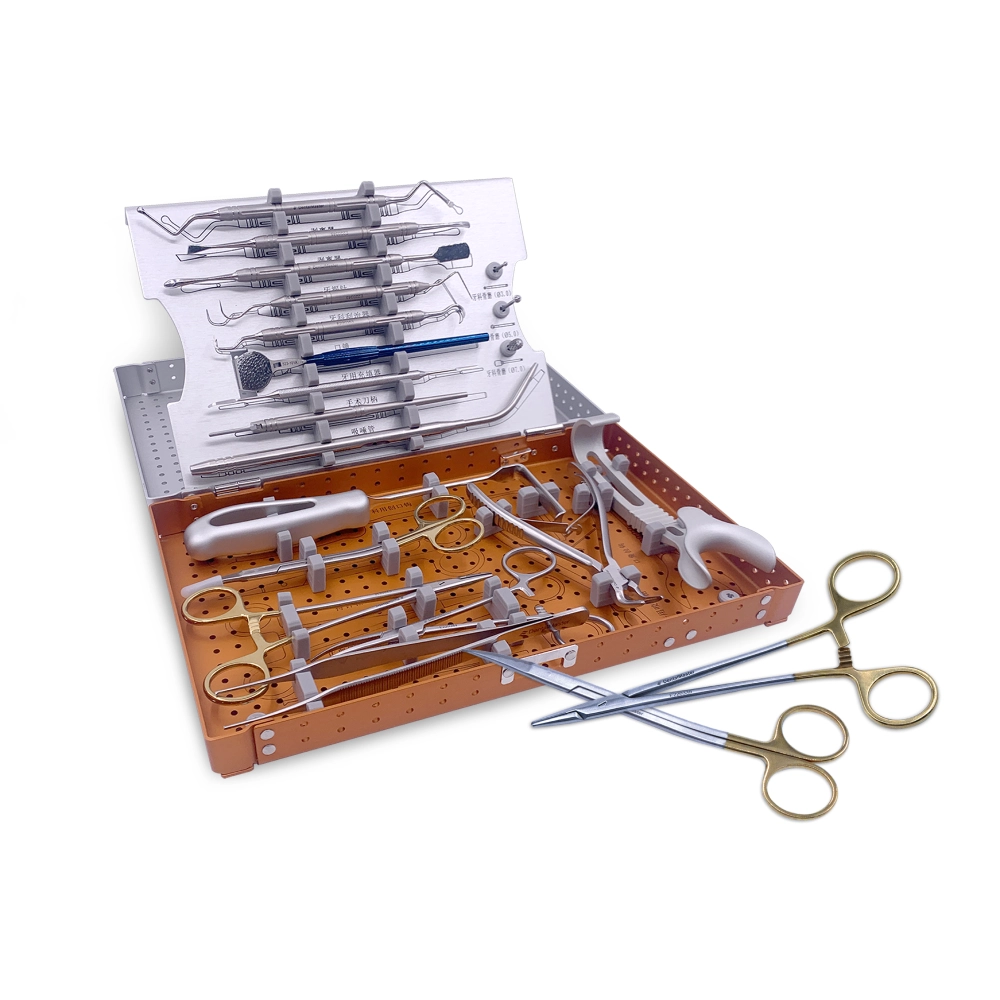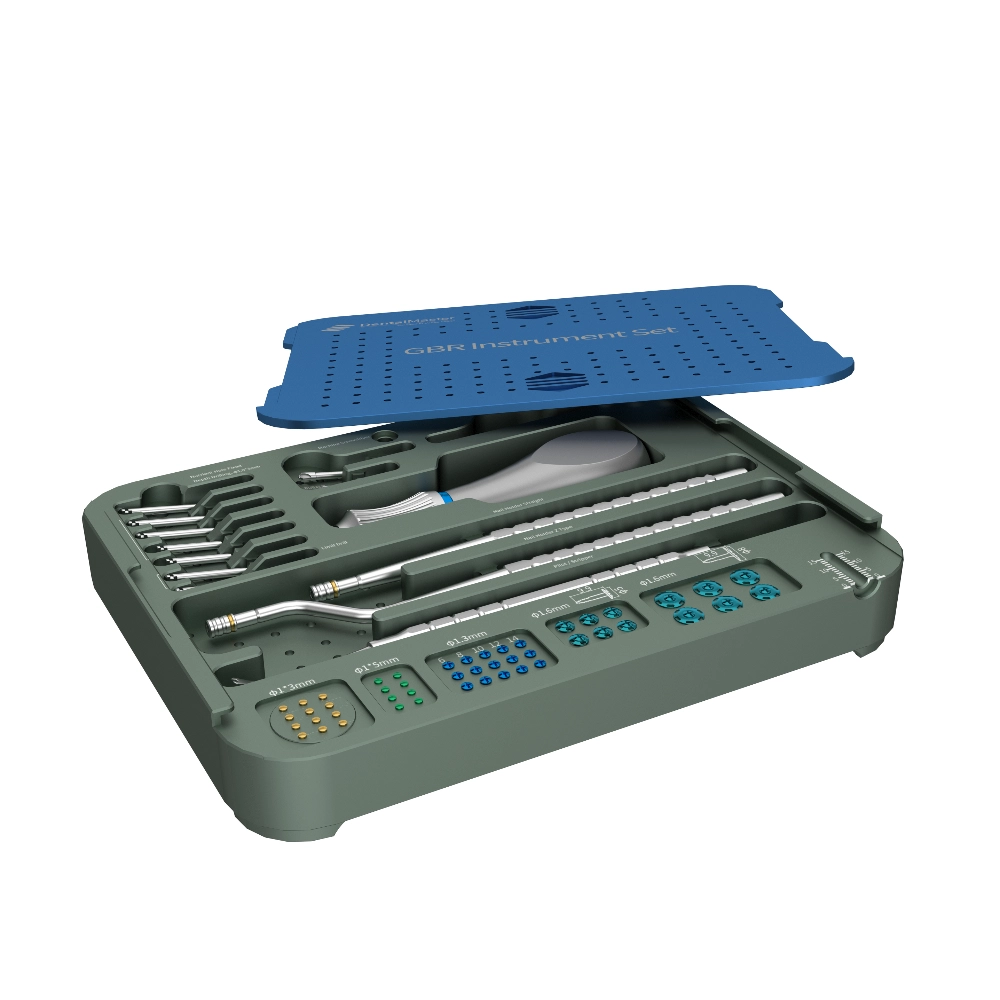
In recent years, with the rapid advancement of dental technology, mini implants have emerged as an innovative treatment widely applied in both dental restoration and orthodontics. As the name suggests, mini implants are small in size and easy to place, eliminating the need for extensive surgical procedures like traditional implants. Instead, they are minimally invasive and can be directly inserted into the alveolar bone, providing stable support for missing teeth.
While the application of mini implants in dental restoration is already well established, their use in the anterior teeth (front teeth) has been less frequently discussed. Many people wonder: Can mini implants be used for front teeth restoration? The answer is yes. With continuous technological advancements and growing clinical experience, more and more dental professionals have begun applying mini implants for anterior tooth replacement, achieving remarkable results.
This article aims to explore the potential and advantages of mini implants in front tooth treatment. By reviewing their features, indications, surgical techniques, and clinical outcomes, we will gain a deeper understanding of how this innovative technology offers new solutions for front tooth restoration. Additionally, we will examine the challenges and limitations associated with their use in this area, providing valuable insights and guidance for clinical practice. Ultimately, our goal is to help more patients regain their beautiful smiles and maintain optimal oral health.
What is a Mini Implant?
A mini implant is a small-sized, precisely designed dental implant with a diameter of less than 3mm. Due to its compact size and flexible application, it has gained significant attention in the field of dentistry. Mini implants typically have a smaller diameter and shorter length, allowing them to be placed in areas where traditional implants may not be suitable, particularly in narrow ridges and challenging anatomical locations.
With continuous advancements in dental technology, the evolution of mini implants has been marked by innovation and breakthroughs. From their initial concept to widespread clinical application, mini implants have undergone multiple technological enhancements and material improvements. Modern mini implants are primarily made from biocompatible materials, such as titanium alloys, which ensure strong integration with natural bone while reducing the risks of rejection and infection.
Mini implants have found diverse applications in dentistry. They are commonly used to restore missing teeth, enhancing both chewing function and aesthetics. Additionally, they serve as orthodontic anchorage devices, helping precisely control tooth movement. Furthermore, mini implants can be utilized for securing removable dentures, improving speech function, and offering versatile treatment solutions for patients with oral health concerns.

Indications for Mini Implants in Front Tooth Treatment
Mini implants offer unique indications and advantages in front tooth treatment, providing an innovative and effective solution for common issues such as missing, damaged, or misaligned front teeth.
1. Common Issues: Missing, Damaged, or Misaligned Front Teeth
- Missing front teeth: Due to trauma, decay, or other factors, front teeth may be lost, significantly affecting both aesthetics and chewing function.
- Damaged front teeth: Wear, cavities, or accidental impact can lead to damaged front teeth, requiring restorative treatment.
- Misaligned front teeth: Genetic factors or bad habits may result in misaligned front teeth, affecting facial aesthetics and oral health.
2. Challenges of Traditional Treatment Methods
- Missing front teeth: Traditional methods like dental bridges or removable dentures often require grinding down healthy adjacent teeth, which may cause damage. Additionally, their stability and comfort are inferior to implants.
- Damaged front teeth: Fillings or inlays may be ineffective for severely damaged teeth, as they are more prone to falling out.
- Misaligned front teeth: Traditional orthodontic treatment requires a long treatment duration and may not always meet expectations, especially for adult patients.
3. Indications and Advantages of Mini Implants in Front Tooth Treatment
Indications:
- Single or multiple missing front teeth, especially in the anterior region.
- Severely damaged front teeth that cannot be restored with traditional methods.
- Misaligned front teeth requiring orthodontic correction.
Zalety:
- Minimally invasive: The small size of mini implants allows for a less invasive procedure, leading to faster recovery.
- Excellent stability: Mini implants integrate tightly with the alveolar bone, providing strong retention and preventing loosening or detachment
Surgical Methods for Micro Dental Implants in Front Tooth Treatment
The application of micro dental implants in front tooth treatment is becoming increasingly widespread, with surgical techniques continuously improving. This article provides a detailed overview of the surgical procedure, including preoperative preparation, key surgical steps, and postoperative care, while emphasizing the minimally invasive approach and patient comfort during the procedure.
1. Przygotowanie przedoperacyjne
- Patient evaluation: Before surgery, the dentist conducts a comprehensive oral examination to assess the patient’s oral health, alveolar bone density, and thickness, as well as the specific condition of the missing or damaged front tooth.
- Treatment planning: Based on the patient’s condition, the dentist develops a personalized treatment plan, selecting the appropriate mini implant model and determining the implant position and angle.
- Pre-surgical preparation: The patient undergoes oral c
- leaning to remove tartar and plaque, reducing the risk of infection. Meanwhile, the dentist prepares the necessary surgical instruments and materials to ensure a smooth procedure.
2. Key Steps of the Surgical Procedure
- Anesthesia: To ensure a pain-free procedure, the dentist administers local anesthesia.
- Gum incision: A small incision is made at the selected implant site to expose the alveolar bone.
- Implant site preparation: A special drill is used to create a precise implant socket in the alveolar bone. The minimally invasive approach is followed to minimize surgical trauma.
- Implant placement: The mini implant is carefully inserted into the prepared socket, ensuring tight integration with the alveolar bone.
- Gum suturing: The incision is sutured, completing the procedure.
3. Opieka pooperacyjna
- Post-surgery observation: The patient remains under medical supervision for a short period to monitor for any complications.
- Dietary precautions: For the first few days, the patient should avoid hard, hot, or cold foods to prevent irritation to the surgical site.
- Oral hygiene: Maintaining good oral hygiene is essential—patients should brush and rinse regularly to prevent infection.
- Regular check-ups: Follow-up visits are necessary for the dentist to monitor the healing process and make any necessary adjustments.
4. Minimally Invasive Approach and Patient Comfort
Throughout the mini implant procedure, the minimally invasive concept is strictly followed. Precise surgical techniques and advanced instruments are used to minimize trauma, reduce pain and discomfort, and promote faster healing. Additionally, patient comfort is prioritized, ensuring a relaxed and cooperative experience during the procedure.
What is the downside of mini dental implants?
While mini dental implants offer many advantages, they also come with certain limitations and challenges that cannot be ignored. This article provides a detailed analysis of the potential challenges of using mini implants for front teeth and offers corresponding strategies and recommendations to address them.
- Limited Durability
Due to their smaller size, mini implants have a reduced surface area for osseointegration, which may make them less durable than traditional implants. Over time, they are more susceptible to occlusal forces, increasing the risk of loosening or failure.
Rozwiązania:
- Precise implant positioning: The dentist must carefully select the implant location and angle to ensure optimal bone support.
- Patient compliance: Post-surgery, patients should follow the dentist’s instructions, avoiding excessive biting force or chewing on hard foods to prolong implant longevity.
- Limited Load-Bearing Capacity
Mini implants may not be suitable for replacing teeth that endure significant chewing forces, such as molars. While front teeth experience less occlusal force, dentists must still carefully evaluate the patient’s bite to ensure that mini implants can handle daily chewing forces.
Rozwiązania:
- Bite assessment: The dentist should thoroughly evaluate the patient’s occlusion to ensure stability.
- Alternative options: For teeth that endure greater force, traditional implants or other restorative solutions may be more appropriate.
- Aesthetic Limitations
Mini implants are often paired with smaller crowns to match their diameter. While this may be less noticeable for front teeth, it could look unnatural for larger teeth, such as molars.
Rozwiązania:
- Preoperative communication: The dentist should discuss aesthetic expectations with the patient before surgery.
- Customized crowns: Selecting the appropriate crown size and shape based on the patient’s specific needs can help achieve a more natural appearance.
- Not Always a Permanent Solution
Although mini implants can last for a long time, they generally have a higher failure risk compared to traditional implants due to their smaller size and structural limitations.
Rozwiązania:
- Strict case selection: The dentist should carefully evaluate the patient’s oral health to determine whether mini implants are suitable.
- Precise surgical technique: Sterile procedures and accurate placement are crucial for successful implantation.
- Long-term maintenance: Patients should regularly visit the dentist for check-ups and maintain good oral hygiene to reduce the risk of implant failure.
FAQ: Application of Mini Dental Implants for Front Teeth
- What are mini implants for front teeth?
Mini dental implants are small-sized implants designed specifically for the restoration of missing or damaged teeth. They are generally smaller than traditional implants, making them ideal for limited-space areas or minimally invasive procedures, particularly in the front teeth region. These implants are surgically placed into the jawbone and, after a period of osseointegration, provide stable support for dental crowns or other prosthetic restorations, restoring both function and aesthetics.
- Which implant is best for front teeth?
The best implant for front teeth depends on the patient’s specific condition. Due to their small size and minimally invasive nature, mini implants are often recommended for front tooth restorations. However, the choice of implant type (e.g., titanium or zirconia) should consider factors such as:
- Oral health condition
- Bone density
- Aesthetic preferences
- Budget considerations
A professional dental evaluation will help determine the most suitable implant type and size for each patient.
- Who is not a candidate for mini implants?
Not everyone is eligible for mini implants. The following individuals may not be suitable candidates:
Patients with unerupted permanent teeth, as this may affect the implant’s stability and success.
Individuals with bone metabolism disorders, such as osteoporosis, which can result in poor osseointegration.
Patients with existing oral infections, such as gingivitis or periodontitis, who need treatment first before considering implants.
People with excessive bite force, as mini implants may not be able to withstand high occlusal pressure, requiring alternative restoration methods.
- Can mini dental implants be used for upper teeth?
Yes, mini dental implants can be used for upper teeth, including front teeth and other anterior teeth. Due to their compact size and minimally invasive nature, they are particularly suitable for upper jaw restorations, especially when space is limited or a more aesthetic result is needed. - How much are dental implants for top teeth?
The cost of dental implants varies depending on several factors, including:
- Type, brand, and size of the implant
- Surgical complexity
- Hospital or clinic level
- Geographic location
Generally, mini implants are more affordable compared to traditional implants. However, the final cost depends on the patient’s individual needs.
When choosing a dental implant, patients should not only consider the price but also focus on:
- Implant quality
- Dentist’s experience and reputation
- Clinic or hospital facilities and services
It is advisable to consult multiple dental clinics to compare pricing and treatment plans before making an informed decision.

